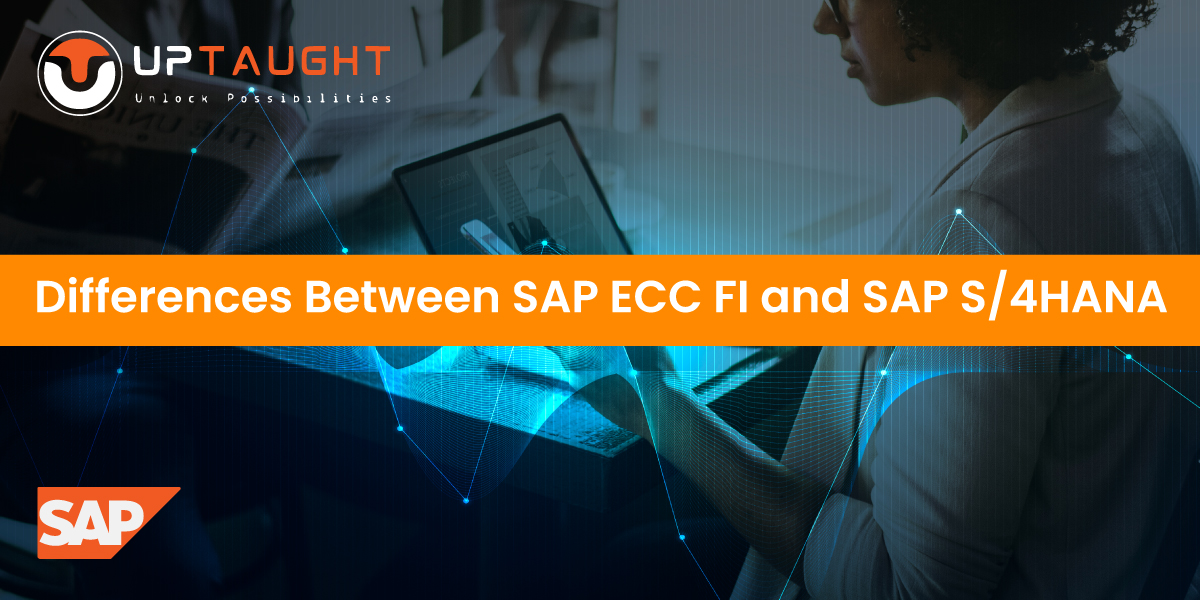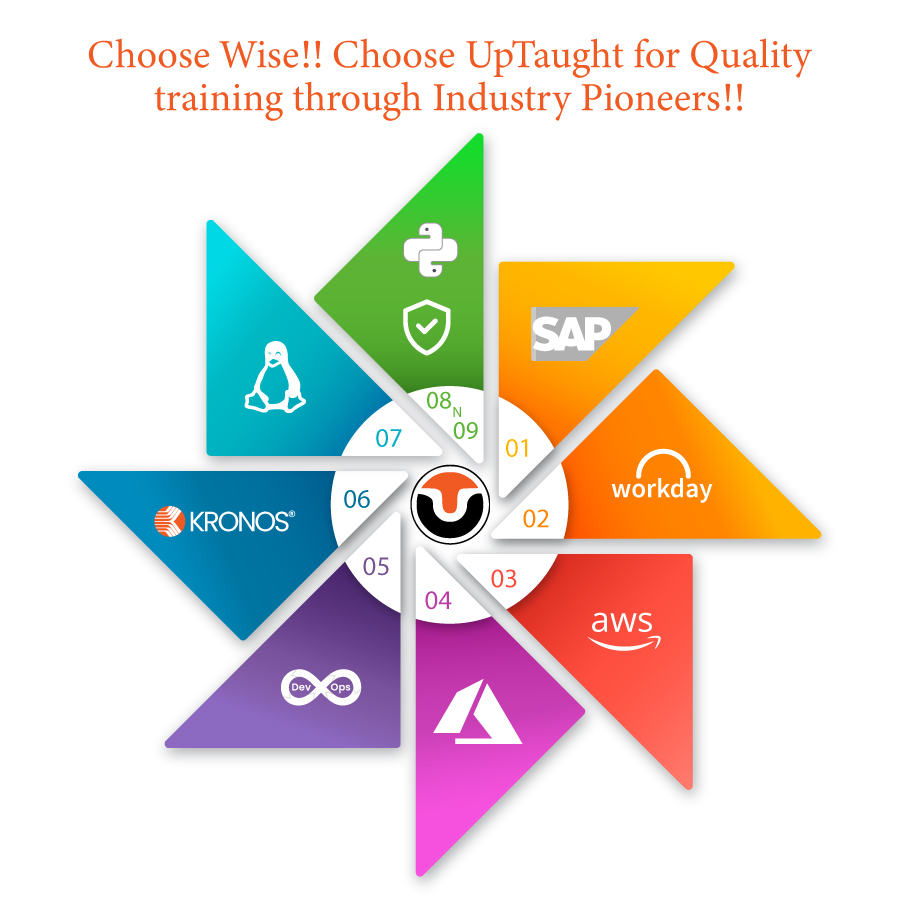Workday has three sorts of integration solutions for its consumers to choose from. Cloud Connect Integration, EIB Integration (Enterprise Information Builder), and Workday Studio Integration are the three types of Workday integrations.
Each sort of Workday integration platform has its own set of advantages and drawbacks. All of this is dependent on the services you require for your company.
Let’s delve a little deeper into this section to learn about the different sorts of Workday Integrations.
Workday Cloud integration
For users who currently have a Workday solution, the Workday integration cloud connect is an excellent option. Under this platform, this cloud platform is a fully designed integration Platform-as-a-Service. Along with Workday, this service provides development, deployment, and management of numerous integrations. It also has an ESB (Enterprise Service Bus), which is an enterprise-based platform. This is closely connected to the Workday platform’s numerous capabilities for monitoring integrations.
Workday cloud additionally has a connectors and integrations ecosystem. This platform is solely responsible for their support and management.
In addition, the Workday integration cloud provides a number of pre-built connections that can be used to provide data to non-Workday applications. Furthermore, all combinations are deployed and run without the use of on-premise middleware systems on Workday.
Integration with Enterprise Information Builder (EIB)
The EIB/Enterprise Information Builder is an excellent tool for importing and exporting data to and from the Workday platform. The EIB is a workday integration solution with a guided and graphical user interface (user interface). EIBs are the greatest supplement for programming in this framework because they don’t require any coding and are very simple to use. EIBs are also useful in Workday integration for recording various types of data.
Inbound and outbound EIB are two different types of EIB. An outbound EIB-Enterprise Integration Builder extracts data from a certain source and preserves it before sending it to be processed further. They transfer data via the FTP protocol. An inbound EIB, on the other hand, functions completely differently. It doesn’t use FTP to transport data; instead, it sends it over the wire. These tools are also quite straightforward and simple to utilize.
Integration with Workday Studio
The Workday Studio integration is the platform’s final level of integration, which helps to reduce multitasking. When a user connects sensitive data with Workday HCM, for example, 50% of the measures remain uncooked. For instance, if a customer wants to integrate a security system for only authorized staff with other features such as parking accessibility, etc. A highly skilled studio consultant can also handle the latest amber warning system, tax returns/filings, and many other tasks. If you’ve mastered Workday Integration, you’ll have no trouble working with this framework’s studio platform.
Furthermore, this is the best option for more complex combinations, such as situations in which you must:
- Add potential for traditional Java, Spring Boot, or third-party services.
- Establish a set of rules so that the system can gracefully manage error scenarios.
- Manage extremely big data sets that necessitate the use of all available resources.
- To obtain user data, run various rules and reports.
- Incorporate complex looping or logic that relies on dynamic data or external elements.
Conclusion:
Workday Integration is a tried-and-true enterprise platform that incorporates an Enterprise Service Bus (ESB) built into the Workday platform. It is directly related to the Workday UI’s features for managing and monitoring integrations.
That’s all for today. If you want to enroll in Workday Integration, visit our website.
Happy learning!




